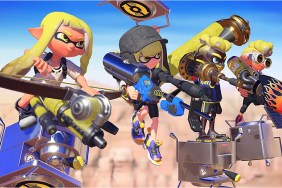Driving a wedge.
Supporting Driveclub is a matter of hope. As a PlayStation exclusive, a fresh IP in this powerful console generation, an opportune offering after the lukewarm reception for Gran Turismo 6, a competitor to Microsoft's Forza franchise, and a comeback for Evolution Studios, it doesn't need to twist anyone's arm to…
-
Pick up and play
-
Sufficient car roster and tracks
-
Even playing field, but stat-based roster narrows car selection
-
Beautiful environments, plus day-to-night cycles
-
Good club features...
-
...but no stats for win-loss or disconnection rate
-
Rubber-band AI in Tour mode
-
Penalties for collision and impacts when they're mostly unavoidable
-
Yet bumper-car tactics are still rewarded
-
Lackluster music
-
Free limited version for PS Plus members











